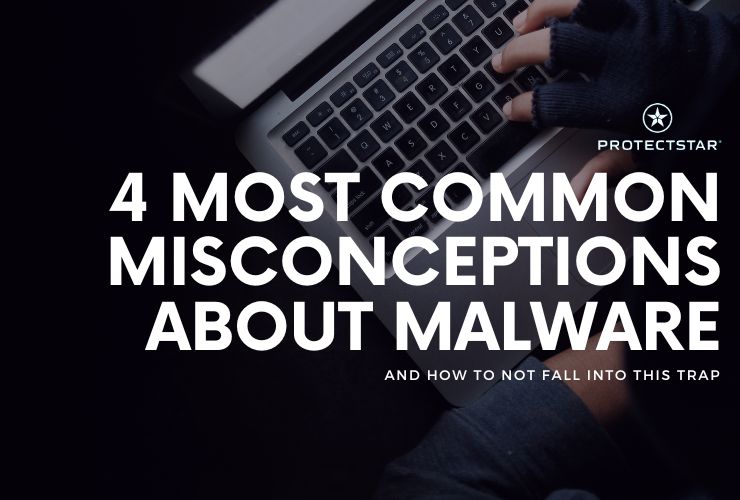The 4 Biggest Malware Misconceptions

Can you really get hacked as you click on a suspicious link? Is every error message connected to malware? Is free antivirus software enough? Let's tackle the 4 most common malware myths and equip you with the knowledge to stay safe online.
Myth #1: Just Clicking a Link Can Infect My Computer
While the internet can be a dangerous place, simply clicking on a link rarely leads to a malware infection. Most malware requires some form of user interaction, like downloading and executing a file. This is because reputable websites have security measures in place to prevent malicious code from automatically infecting visitors.
However, there is a small caveat: Drive-by downloads. These are malicious programs that exploit vulnerabilities in web browsers or plugins to install themselves without your knowledge. Thankfully, drive-by downloads are becoming increasingly rare due to browser security improvements and user awareness.
What to do: Keep your web browser and plugins updated to patch vulnerabilities. Avoid clicking on suspicious links, especially in emails or messages from unknown senders.
Myth #2: Every Error Message Means Malware
Those pesky error messages can be frustrating, but they don't always indicate a malware infection. They could be caused by software glitches, hardware issues, or even corrupted system files.
What to do: Analyze the error message. Does it mention a specific program or file? If so, try searching online for solutions related to that error code. You can also try restarting your computer – a simple fix that often resolves temporary glitches. If you're unsure, consult a tech support professional for further assistance.
Myth #3: One Antivirus Software is Enough
Some antivirus software can offer basic protection, but it might not be enough against the latest threats. Some versions often lack features like real-time scanning, phishing protection, and advanced threat detection.
What to do: Consider investing in an AV that offers comprehensive protection. Many security suites include features like firewalls, anti-phishing protection, and parental controls, providing a more robust defense.
Myth #4: Macs Are Immune to Malware
While Macs are generally considered less susceptible to malware compared to Windows machines, they are not entirely immune. Mac malware does exist, and cybercriminals are constantly developing new ways to target different platforms.
What to do: Don't let your guard down! Install a reliable antivirus program on your Mac. Just like with PCs, practice safe browsing habits, avoid downloading software from untrusted sources, and keep your operating system and applications updated.
Bonus Tip: Regularly back up your important data. This ensures that even if you do encounter malware, you can recover your files without significant loss.
What is one misconception about malware you have heard and were surprised by? Let us know in our socials!